Heads up! Here’s your massive list of sports tech deals! This includes the Garmin Forerunner 965 for just $499, Garmin Epix for $449, the Apple Watch Ultra 2 Black Titanium for $735, the GoPro Hero 12 Black for $299, and plenty more! Go check out the full list here!
I’m DC RAINMAKER…
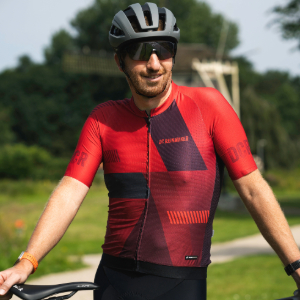
I swim, bike and run. Then, I come here and write about my adventures. It’s as simple as that. Most of the time. If you’re new around these parts, here’s the long version of my story.

You'll support the site, and get ad-free DCR! Plus, you'll be more awesome. Click above for all the details. Oh, and you can sign-up for the newsletter here!
Here’s how to save!
Wanna save some cash and support the site? These companies help support the site! With Backcountry.com or Competitive Cyclist with either the coupon code DCRAINMAKER for first time users saving 15% on applicable products.
You can also pick-up tons of gear at REI via these links, which is a long-time supporter as well:Alternatively, for everything else on the planet, simply buy your goods from Amazon via the link below and I get a tiny bit back as an Amazon Associate. No cost to you, easy as pie!
You can use the above link for any Amazon country and it (should) automatically redirect to your local Amazon site.
Want to compare the features of each product, down to the nitty-gritty? No problem, the product comparison data is constantly updated with new products and new features added to old products!

Wanna create comparison chart graphs just like I do for GPS, heart rate, power meters and more? No problem, here's the platform I use - you can too!

Think my written reviews are deep? You should check out my videos. I take things to a whole new level of interactive depth!

Smart Trainers Buyers Guide: Looking at a smart trainer this winter? I cover all the units to buy (and avoid) for indoor training. The good, the bad, and the ugly.
-
Check out my weekly podcast - with DesFit, which is packed with both gadget and non-gadget goodness!

Get all your awesome DC Rainmaker gear here!
FAQ’s
I have built an extensive list of my most frequently asked questions. Below are the most popular.
- Do you have a privacy policy posted?
- Why haven’t you yet released a review for XYZ product you mentioned months ago?
- Will you test our product before release?
- Are you willing to review or test beta products?
- Which trainer should I buy?
- Which GPS watch should I buy?
- I’m headed to Paris – what do you recommend for training or sightseeing?
- I’m headed to Washington DC – what do you recommend for training?
- I’m from out of the country and will be visiting the US, what’s the best triathlon shop in city XYZ?
- What kind of camera do you use?
-
5 Easy Steps To The Site
In Depth Product Reviews
You probably stumbled upon here looking for a review of a sports gadget. If you’re trying to decide which unit to buy – check out my in-depth reviews section. Some reviews are over 60 pages long when printed out, with hundreds of photos! I aim to leave no stone unturned.
Read My Sports Gadget Recommendations.
Here’s my most recent GPS watch guide here, and cycling GPS computers here. Plus there are smart trainers here, all in these guides cover almost every category of sports gadgets out there. Looking for the equipment I use day-to-day? I also just put together my complete ‘Gear I Use’ equipment list, from swim to bike to run and everything in between (plus a few extra things). And to compliment that, here’s The Girl’s (my wife’s) list. Enjoy, and thanks for stopping by!
Have some fun in the travel section.
I travel a fair bit, both for work and for fun. Here’s a bunch of random trip reports and daily trip-logs that I’ve put together and posted. I’ve sorted it all by world geography, in an attempt to make it easy to figure out where I’ve been.
My Photography Gear: The Cameras/Drones/Action Cams I Use Daily
The most common question I receive outside of the “what’s the best GPS watch for me” variant, are photography-esq based. So in efforts to combat the amount of emails I need to sort through on a daily basis, I’ve complied this “My Photography Gear” post for your curious minds (including drones & action cams!)! It’s a nice break from the day-to-day sports-tech talk, and I hope you get something out of it!
The Swim/Bike/Run Gear I Use List
Many readers stumble into my website in search of information on the latest and greatest sports tech products. But at the end of the day, you might just be wondering “What does Ray use when not testing new products?”. So here is the most up to date list of products I like and fit the bill for me and my training needs best! DC Rainmaker 2023 swim, bike, run, and general gear list. But wait, are you a female and feel like these things might not apply to you? If that’s the case (but certainly not saying my choices aren’t good for women), and you just want to see a different gear junkies “picks”, check out The Girl’s Gear Guide too.

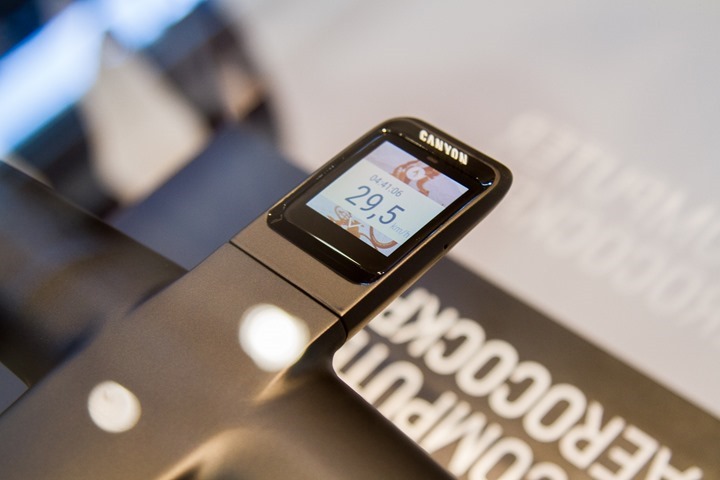
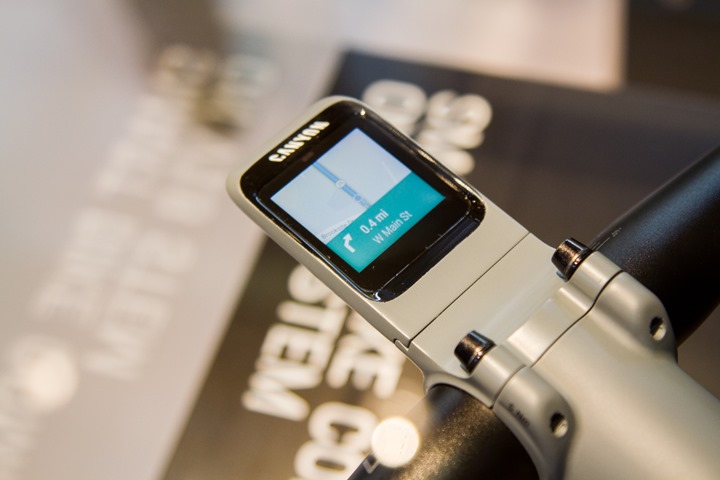
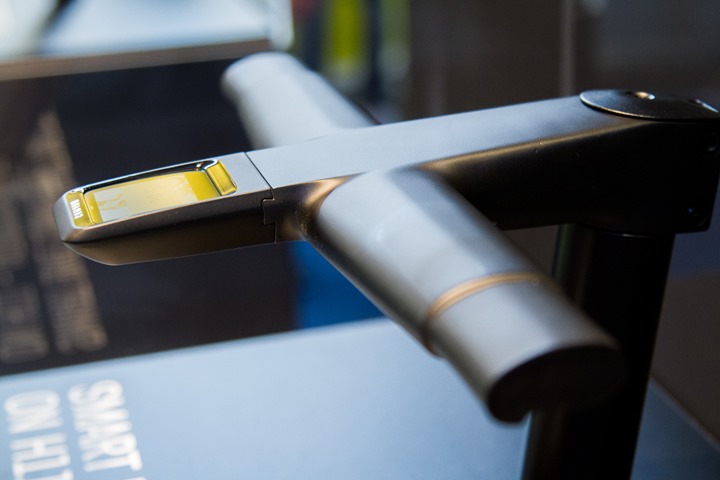
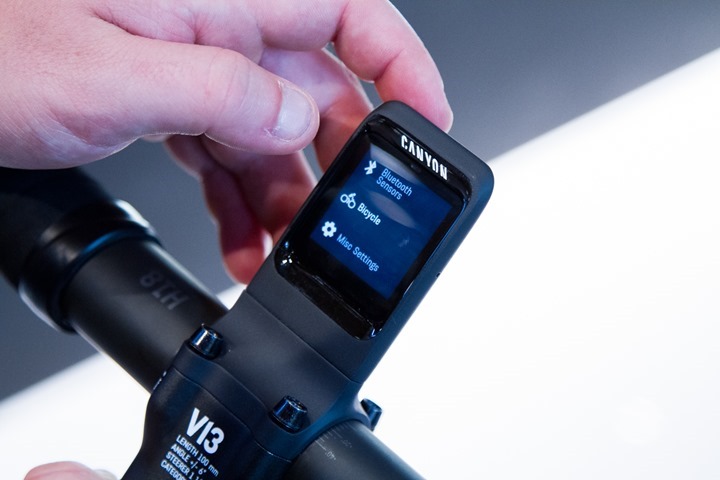


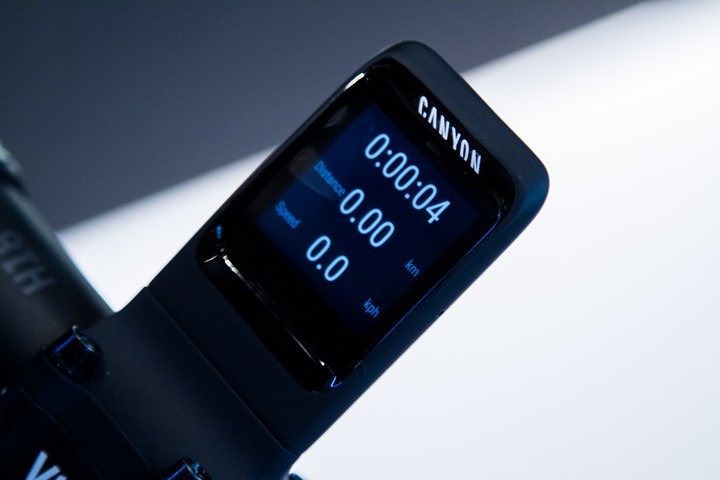

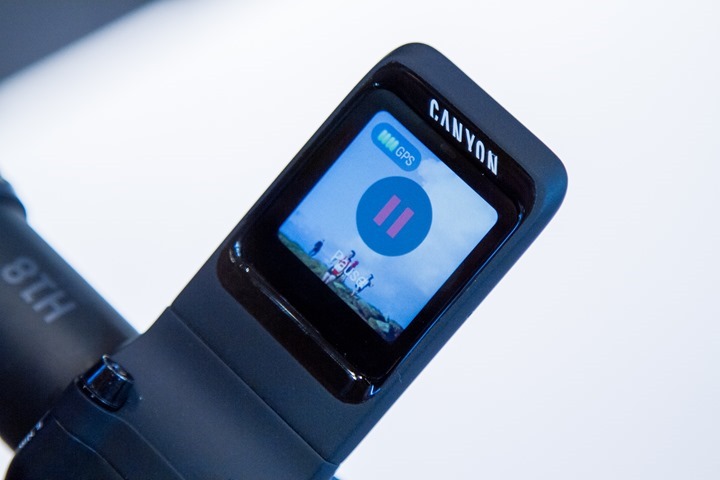













Hey Ray, funny timing but Google has just announced android wear is now compatible with iPhones. Here’s the link from their announcement today: link to googleblog.blogspot.ca
Alex
Dang, talk about timing! Just about an hour or so after publishing. Just updated the post, thanks!
I have been saying for about a year now but people tell me to shut up. I believe Garmin should go to android wear type of OS. Their Connect IQ is an absolute joke. The apple watch will only get better so why not use an OS that you can customized to your liking while having a huge amount of 3rd party of apps? The only problem I see at the moment is most Android wear watches last about 2 days. If they can somehow solve that problem to be longer than it should be a no brainer. I know I just mentioned Garmin before but this is to all the fitness brand watches, especially if they want to compete in 2-3 years time.
I’m here to add 2 and 2 and make, I dunno, about a million.
Upcoming Motorola Android Wear watch, with their usual round face with a flat section at the bottom: link to engadget.com
Upcoming ConnectIQ devices will have a face described as “semi-round”.
link to forums.garmin.com!
No just “No!” but “Hell, No!”
First link should have been this
link to engadget.com
Fixed!
Thanks!
Capacitive touch screen is the deal breaker here. They simply don’t work when they get wet. I speak as someone who used to use his iPhone mounted on handlebars as his bike computer, and when it rains, it essentially becomes useless for input.
Gloved usage of course is a massive issue as well.
The stem mount looks fancy, except I often find myself adjusting the angle of my bike computer a little depending on light conditions, something you can’t do with this.
All in all, I’d say this looks like a non-starter novelty.
Stem mount also looks impossibly problematic in the mountain bike world since crashes happen. That’s one reason I do really like Garmin’s quarter turn mount being on rubber bands…plenty of give.
And I came here to post that Google announced Android Wear support on iOS. I was just a little slow on that one.
–Donnie
We have tested the application in combination with our smart line trainers at the Eurobike. Using standard BT smart profiles, speed, cadence and power worked instantaniously ! Great to live in an open world !
That’s awesome! Which Android Wear app did you use (or just the base Canyon one)?
“Great to live in an open world !”
I second that notion.
The one from canyon , including an indication when to grab your Tacx Bottle ? !
Not many Android Wear apps support stand alone GPS because not many watches have GPS chips. The app in that last picture looks like Ghostracer, which is one of the few that does. I’ve been using it for the past year on a Sony Smartwatch 3 for running and cycling and it’s pretty solid.
Are you sure the hardware is new? I read another report that says they partnered with Sony, and looking more closely at the pictures (and the watch on my wrist) it looks like a re-packaged Smartwatch 3. The light sensor at the top and connector placement on the rear are exactly the same, as are the specs (4GB storage and BLE).
Martin, did the Canyon unit connect to your sensors without using a phone? I didn’t think Android Wear supported the CSCP profile.
Its pretty obvious that this is just a Sony SmartWatch 3 in a different housing. The specs are identical (including screen size and its unique type), the shape is identical, and even the USB port is in the same spot as the SW3. Now, the custom housing may allow for a bigger battery to be added (no way the SW3 gets 8-10 hours on GPS), but otherwise, this is just a custom housing…
I’ve been running my Sw3 on my bars with a external battery to achieve the same thing worked well. Wouldn’t it in the wet though.
I was wondering when someone was going to adapt the Andriod Wear concept/software to this kind of device. For me it actually makes a for a good selling point.
Hi Ray, do you know if I can use this on a bike not made from Canyon? Or is this a Canyon only solution?
Thanks!
Axel
Looks like it will fit pretty much any bike, as you can mount it on the stem, not just integrated bars.
Is the Canyon app available in the Play Store? I’ve got a Smartwatch 3, and would be keen to give it a go. Shame the device doesn’t support ANT+, otherwise I’d consider an upgrade. As it is, it’s exactly the same spec as my Sony SWR50.
You show ghost racer as an app in multiple images but it doesn’t even get a shout out in the article…
When I first saw this announced last week at Eurobike, I understood why Garmin just integrated Strava into their edge line as they are now in a fight to stay relevant. Just as the IBM system 360 replaced dedicated computers, the PC replaced dedicated word processors, and the smart phone replaced feature phones, this development is the death knell of the dedicated bike computer. That said, I rue the day I need anti-virus software on my bike.
Did the Canyon Smart Bike Computer make it to the market? I haven’t been able to find one.
Nope.